The mythical city on the Seine seduces us with emotional possibilities.
And when you finally get there, you can hardly believe your eyes.
It actually surpasses all expectations.
Some days, all you have to do is just show up -- and that's
exactly how it is at this particularly prized slice of Paris real estate.
Just across from the Louvre lies a polished Paris beauty called the Palais Royal.
Pronounce it the way you refer to the movie "Casino Royale."
At once both stately and tender, the gracefully defined square
is bordered by elegant arcades on three of its sides,
offering a mix of regal apartments and chic boutiques.
Softened by a classic french formal garden, the whole effect is
soothing, peaceful, and virtually untouched by too many tourists.
Whimsical art, twin fountains and a smattering of sophisticated
locals will make you wonder why this isn't on every Paris Top Ten List.
There's a certain sweetness to the total effect.
Immeasurably impressive without even trying,
this is the perfect embodiment of romantic Paris.
And isn't that the definition of a perfect romance -- love without really trying.
Omar Khayyam, Persian Philosopher & Poet,
the same guy who proclaims the season of wine, roses & drunken friends.
900 years later, that still seems like a good idea.
We live in an aggressive world.
And sometimes, even in an oasis like Paris, you can feel weary and hassled.
That's why it's these little moments of surprise that take our breath away,
reminding us why we came and what we're hoping to find.
Paris is not an achievement.
It's a break from ambition and drudgery, a discovery of what we really want.
The Palais Royal is not a destination like a museum or cathedral.
Quite simply, it's the perfect spot for a simple stroll through a lovely palace
garden, the chance to grasp what it was like to live in Paris in another era.
What a relief to find a place where nothing is expected of you.
Romantic .... peaceful .... what a gift to the world-weary traveler.
But did you know, the Palais Royal harbors a fascinating
history -- including a raucous story or two?
most famous clergyman -- Cardinal Richelieu.
Construction began in 1629 and was completed ten years later.
When Richelieu died in 1642, it became the king's property,
so Palais Richelieu transitioned into Palais Royal.
King Louis XIV was raised in the palace.
His mother, despising life at the Louvre palace, chose the Palais Royal,
hoping the future Sun King's existence would be less of a side show "off campus".
Ten years later, they moved back to the Louvre but as soon as he was able,
Louis built Versailles, longing for another chance at a "peaceful" idyll.
The truth-is-stranger-than-fiction portion of our story came still later
when Louis Philippe II, Duke of Orléans, got his hands on the property
and set out to redesign it into a more favorably commercial endeavor .
He added the beautiful gardens and some of the same apartments we see today. Around 1784, he went so far as to open the gardens to the public, making
a huge profit on the sale of property to retail and entertainment enterprises.
At first, it was the "in" spot where the well-to-do could properly flit
around for hours, enjoying the bucolic grounds while dining on delicacies.
Unfortunately, it didn't take long before the premium property traded in its
class, mutating into a carnival atmosphere where the upscale cafés & boutiques played neighbor to loan sharks, gambling houses and brothels.
Around the mid-1800's, a prohibition on public gambling put an end to the
decadent circus and the Palais Royal ceased to be an embarrassing spectacle.
The apartments were still considered good real estate -- after all,
"location location location" never goes out of style -- and it eventually
became a chic address again for the likes of well-heeled trendsetters.
Writer Colette lived there.
Among her many successes, in 1944, she wrote "Gigi" - the classic french novel
that America turned into an Academy Award winning musical starring Leslie Caron.
Jean Cocteau, toast-of-the-town, talented artist, playwright,
filmmaker, found his way to the beautiful square, his artistic soul
no doubt attracted by fine design and historical substance.
but no matter, the Palais Royal's glamour hasn't faded one bit.
Come here, too, for a chance to see the legendary Comédie-Francaise,
the most prestigious theater in France.
Staging a mix of classical and modern productions, this playhouse
enjoys an incredibly intriguing place in Paris history.
Molière, France's most beloved playwright and actor, staged a dramatic
final act when he died during a performance in 1673.
It was here that the "Divine Sarah" Bernhardt played both Cleopatra & Hamlet.
The theater continues to draw a crowd, its prestige and gorgeous
Doric-style stage long considered a portrait of french history and glamour.
Check out the museum where you can see both public and private spaces,
capped off with an opportunity to see the chair where Molière
sat when he dropped dead in front of his startled audience.
And what ever you do, if you have the means, book a reservation at
Le Grand Véfour, the renowned restaurant tucked neatly into a corner of the square.
It's on my bucket list for a very good reason.
Harking all the way back to 1784 (originally named Café de Chartres), this gastronomical paradise is the Parisian birthplace of fine french cuisine.
Its murals, mirrors and menus are pure Paris and everyone who is
anyone has dined here at one time or another.
From Napoleon & Josephine to Voltaire, Victor Hugo, Colette, and
Thomas Jefferson, the starred restaurant is a classic french masterpiece
of fine dining -- which leads us right back to the romantic appeal of the Palais Royal.
My word! Napoleon & Josephine!
I can't wait for my turn.
The 1963 film classic "Charade" starred Audrey Hepburn, Cary Grant
and the city of Paris pretty much on equal footing.
A pivotal point in the movie includes a dramatic chase through the colonnade
of the Palais Royal, culminating in a dramatic showdown with
the "bad guy" in the bowels of the Comédie-Francaise.
Try to imagine -- a catwalk -- a man with a mustache and a gun -- Hepburn's
mustard colored coat -- well, I won't give it away here but if you
haven't seen it, you're in for a magical treat of old Hollywood genius.
And no, you can't find that Givenchy coat on eBay.
I've already looked.
The only thing you need to worry about is getting a sunburn
or running up your credit card.
The Palais Royal offers a great mix of shopping and entertainment.
Its swank boutiques are unique, offering an eclectic mix
of stuff you probably don't need -- proof positive it's a glorious destination.
Vintage couture, one-of-a-kind music boxes, designer scarves, antique medals
and garden supplies are just a few features of this high class shopper's paradise.
Restaurant terraces make for a lovely lunch spot
and you need not spend your last dime.
Better yet, just sit back and enjoy the view.
This is your moment in the sun.
I personally think they're a fine example of what makes Paris so enchanting -- that diverse mix of stimulating opposites -- artistic and intellectual contrasts.
Black and white, marble and concrete, the columns are alive with charm.
The city itself is a work of art and it's scenes like this -- dramatically contra-
distinct -- that put the exclamation point on the Palais Royal's romantic allure.
As every romantic fool knows, when it comes to love -- opposites attract.
Take the scenic route.
You're sure to find the romantic Paris of your dreams.
There's an art to finding pleasure -- and it's right in the center
of Paris at the unforgettable Palais Royal.
"We may pass violets looking for roses.
We may pass contentment looking for victory."
Bernard Williams, British Philosopher



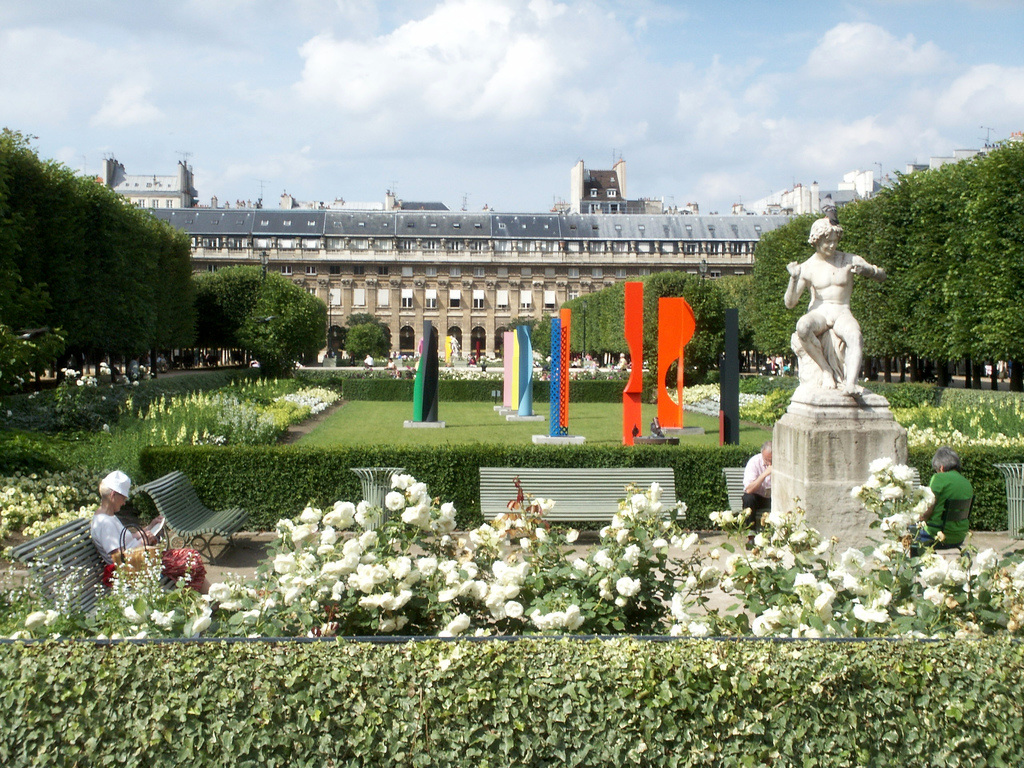
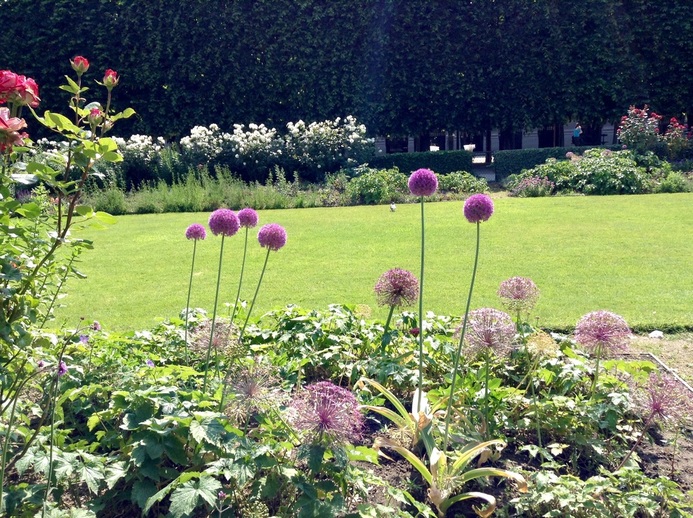
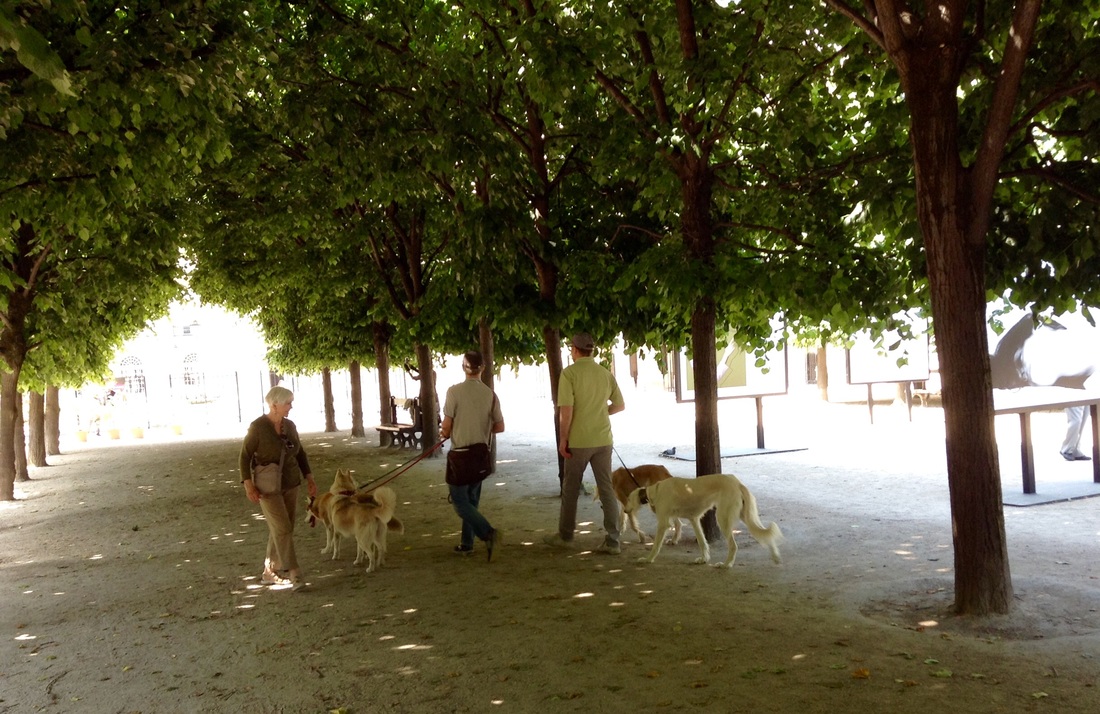
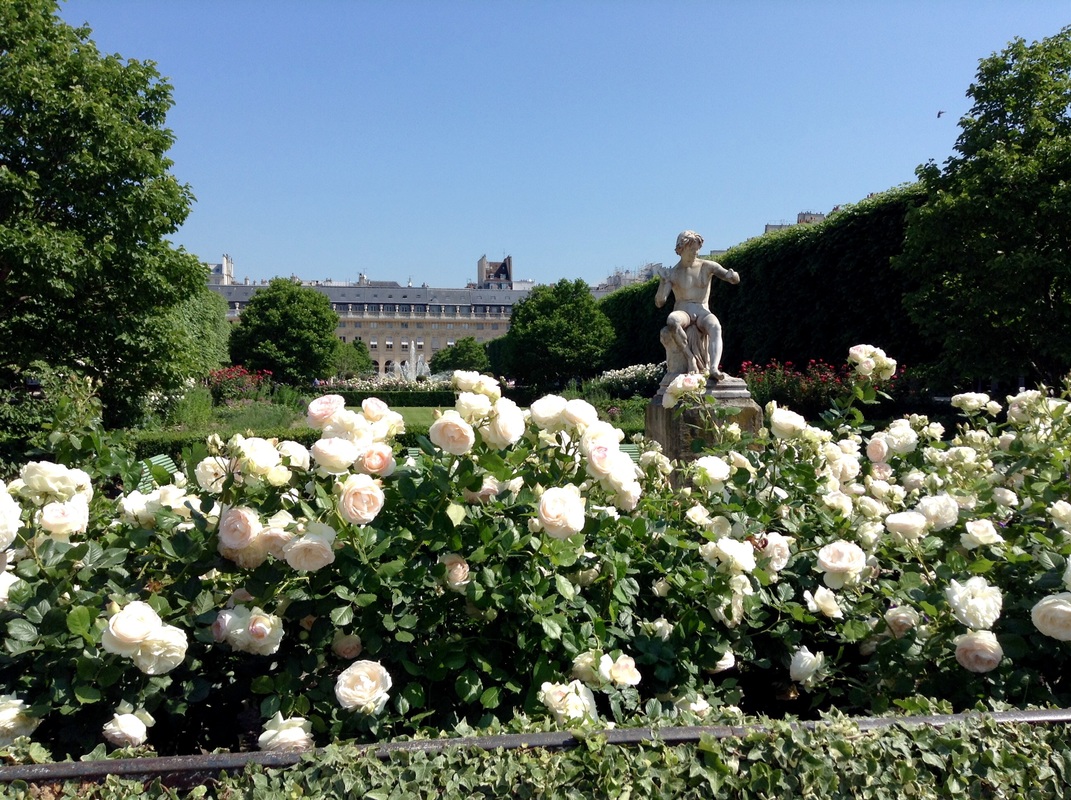


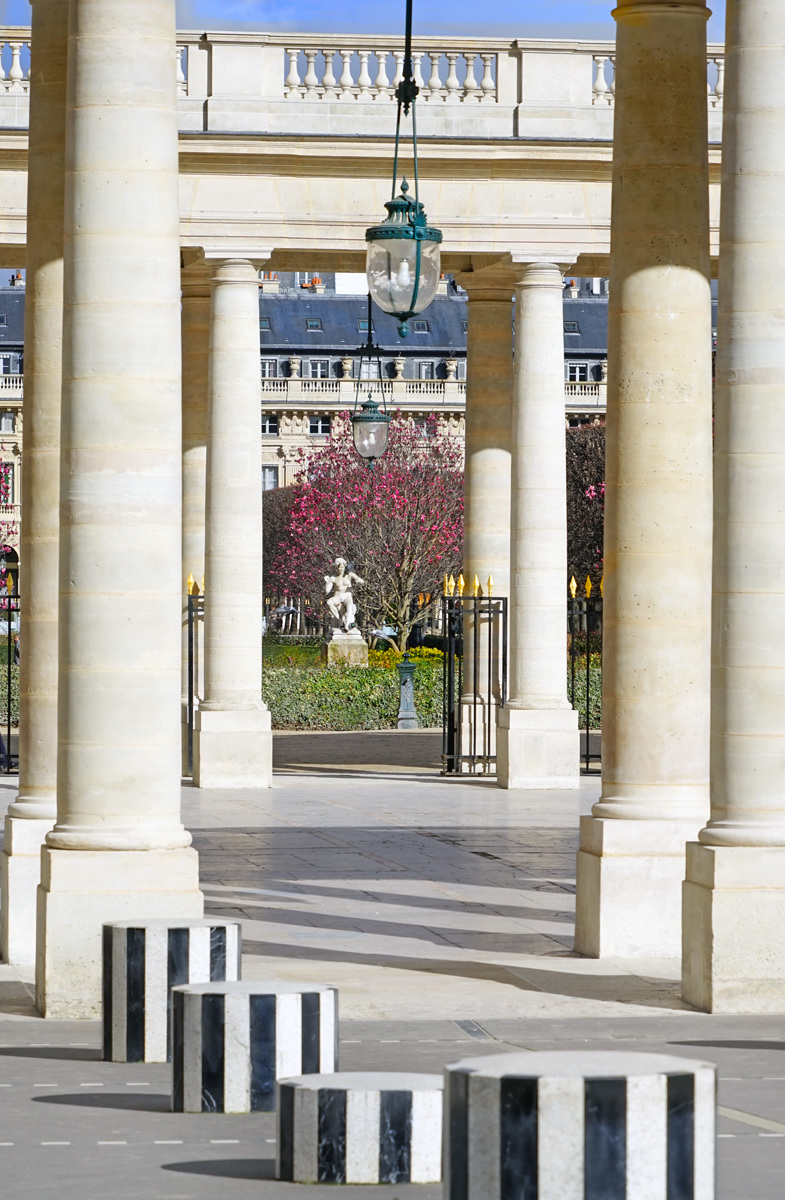

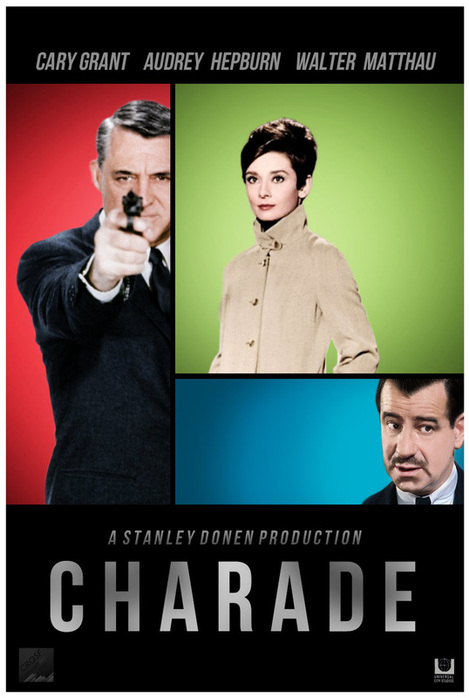
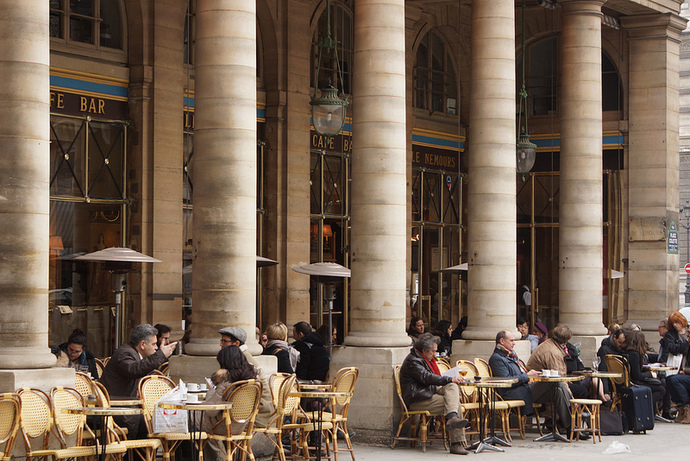
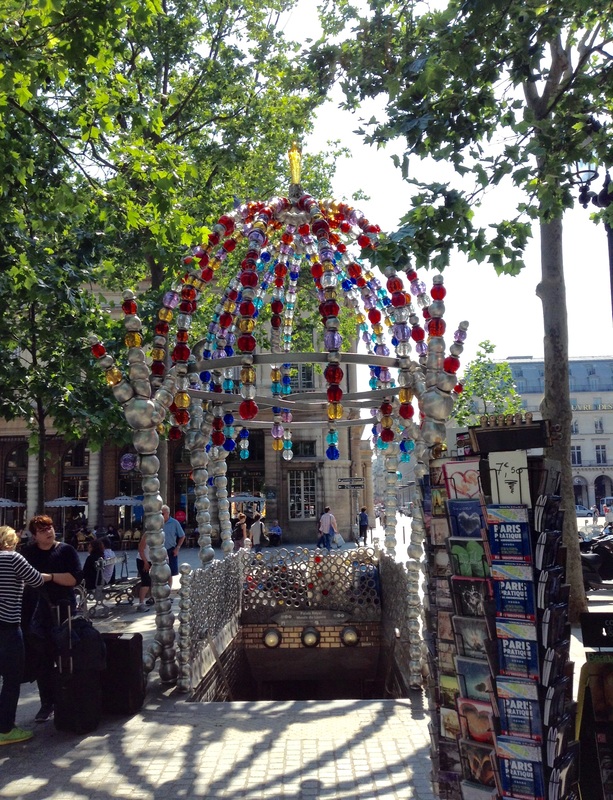
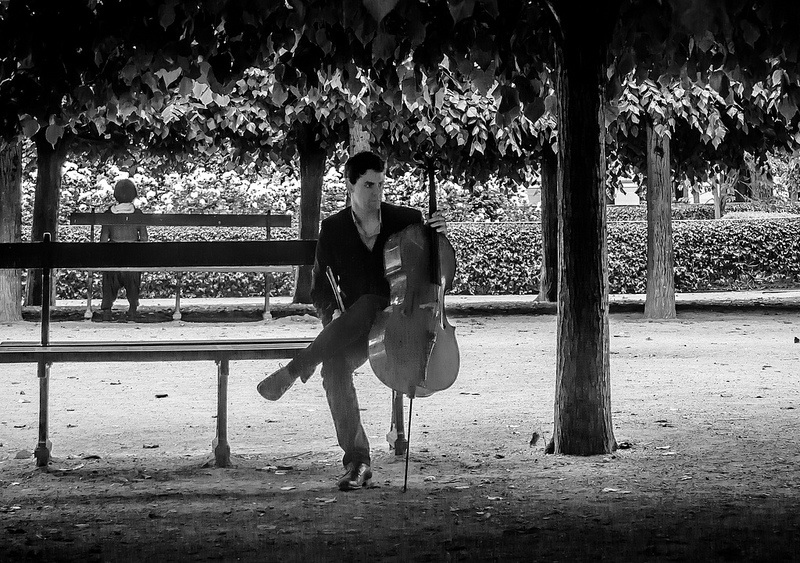
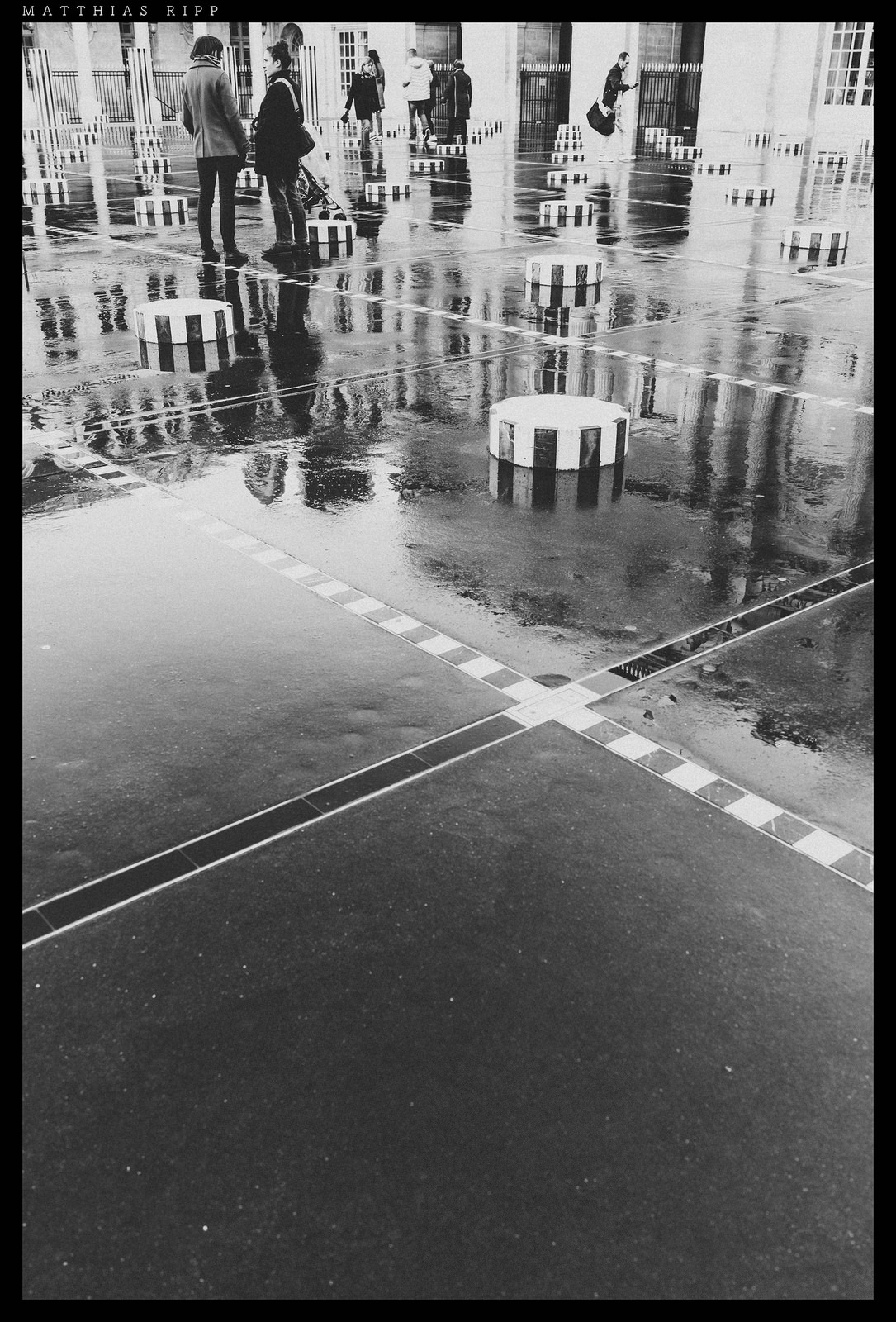
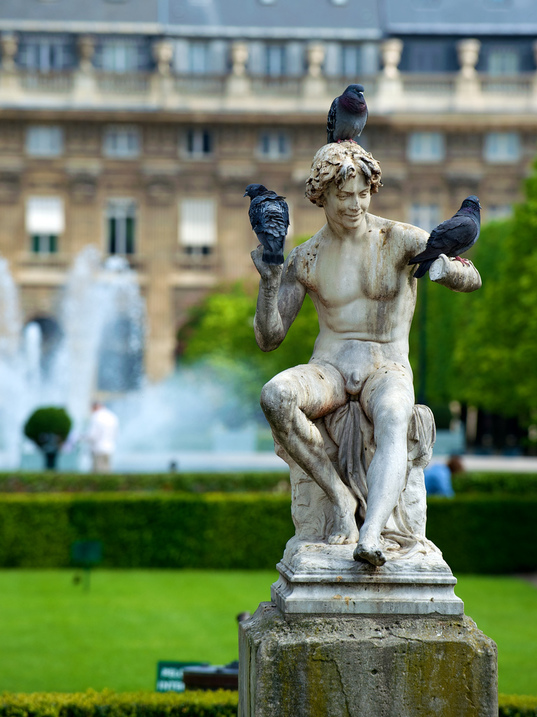
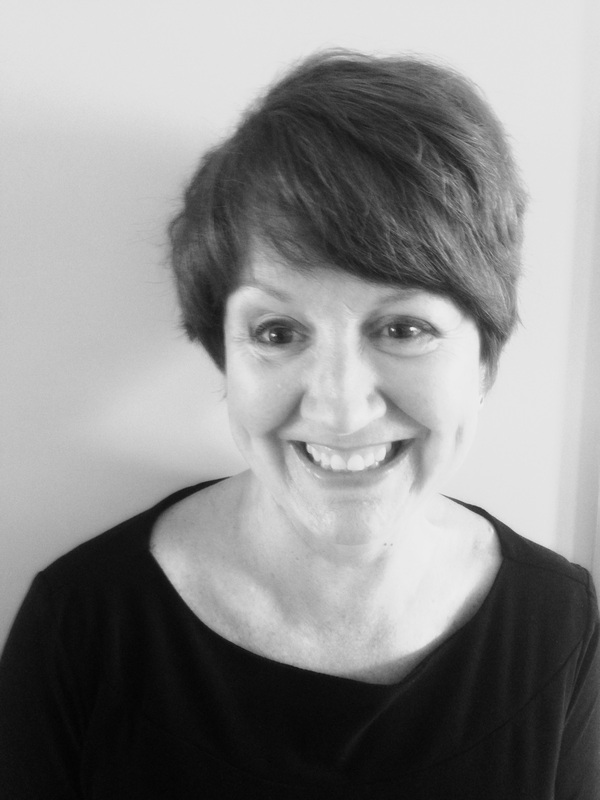
 RSS Feed
RSS Feed
